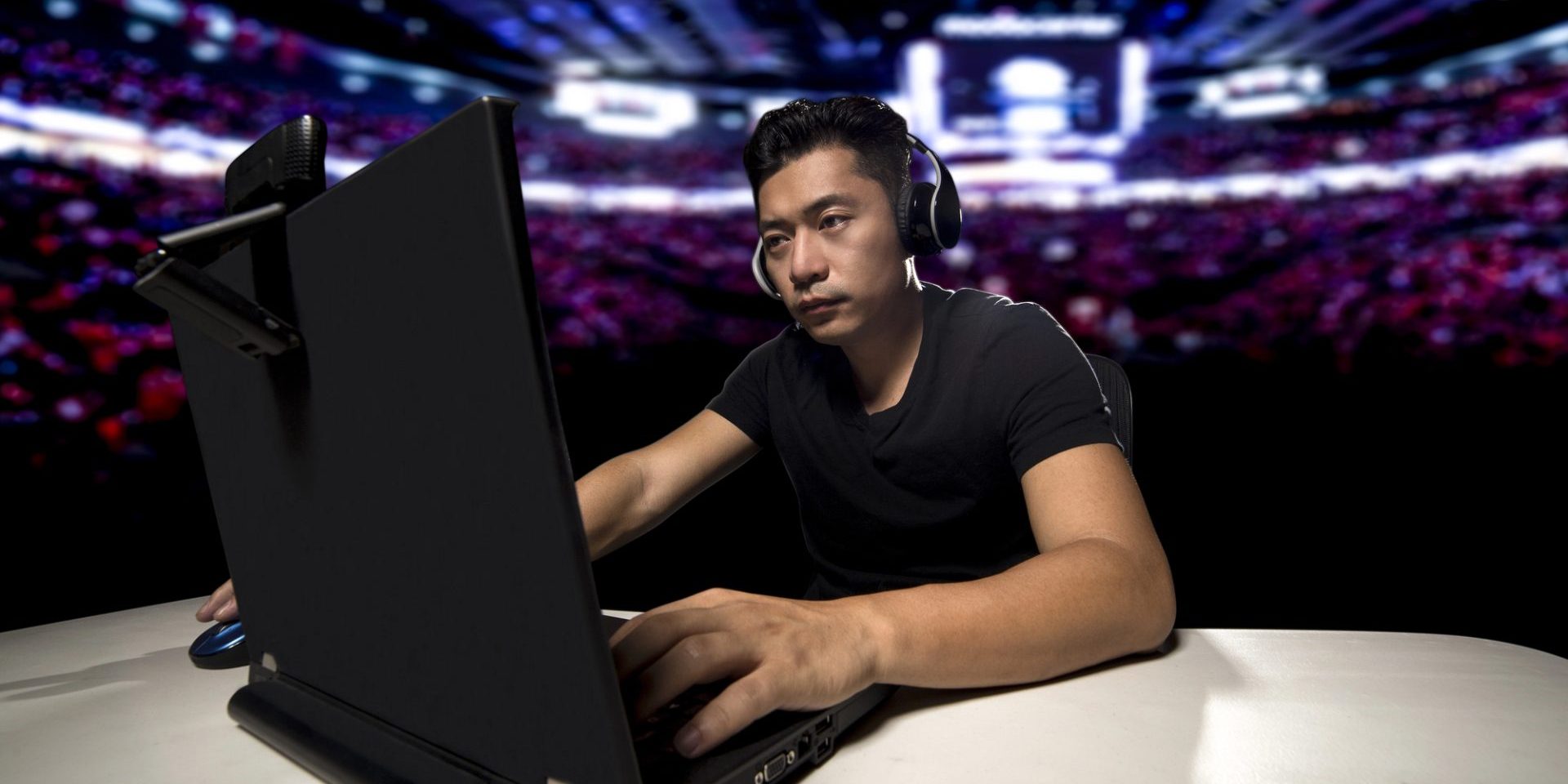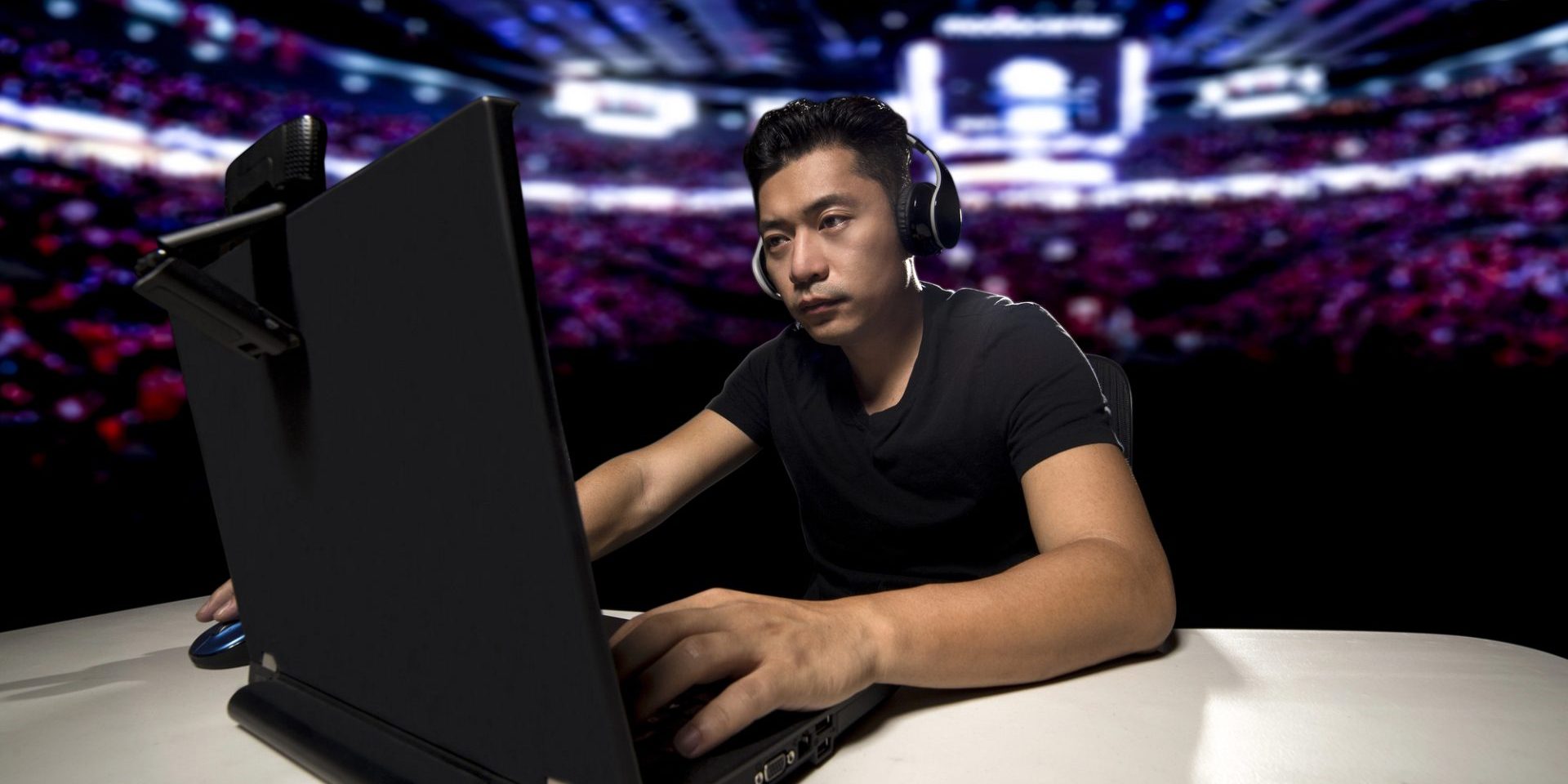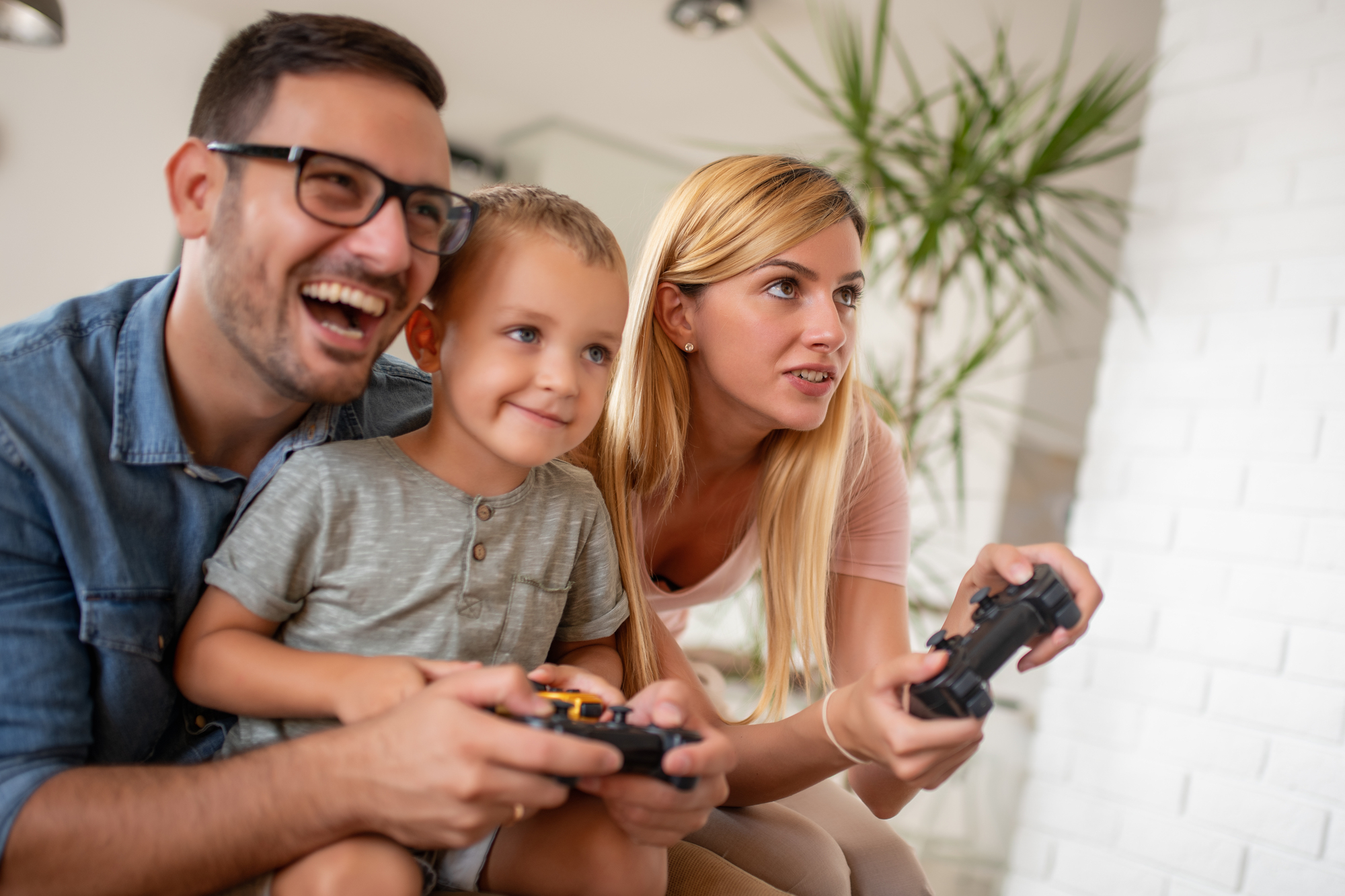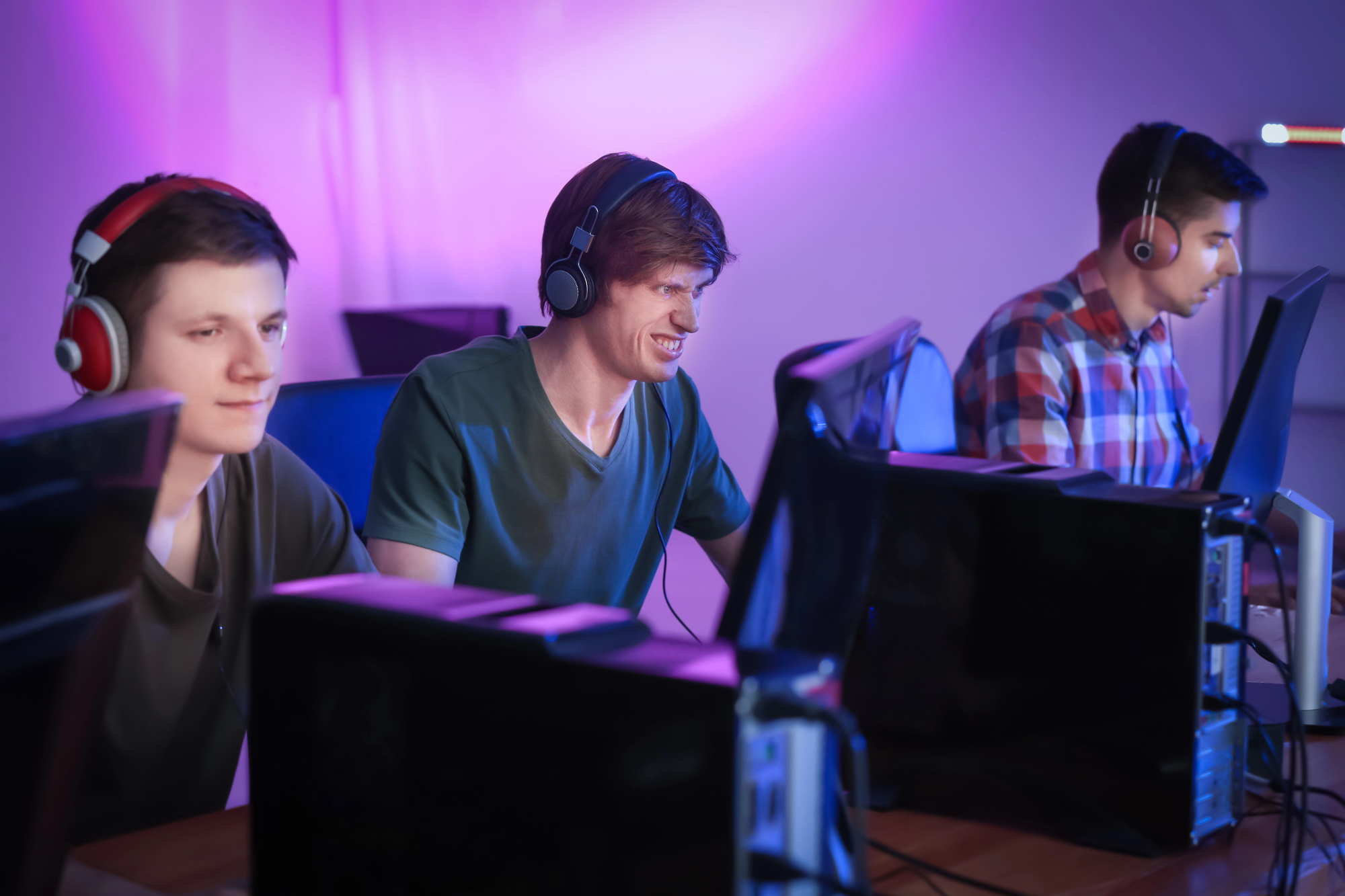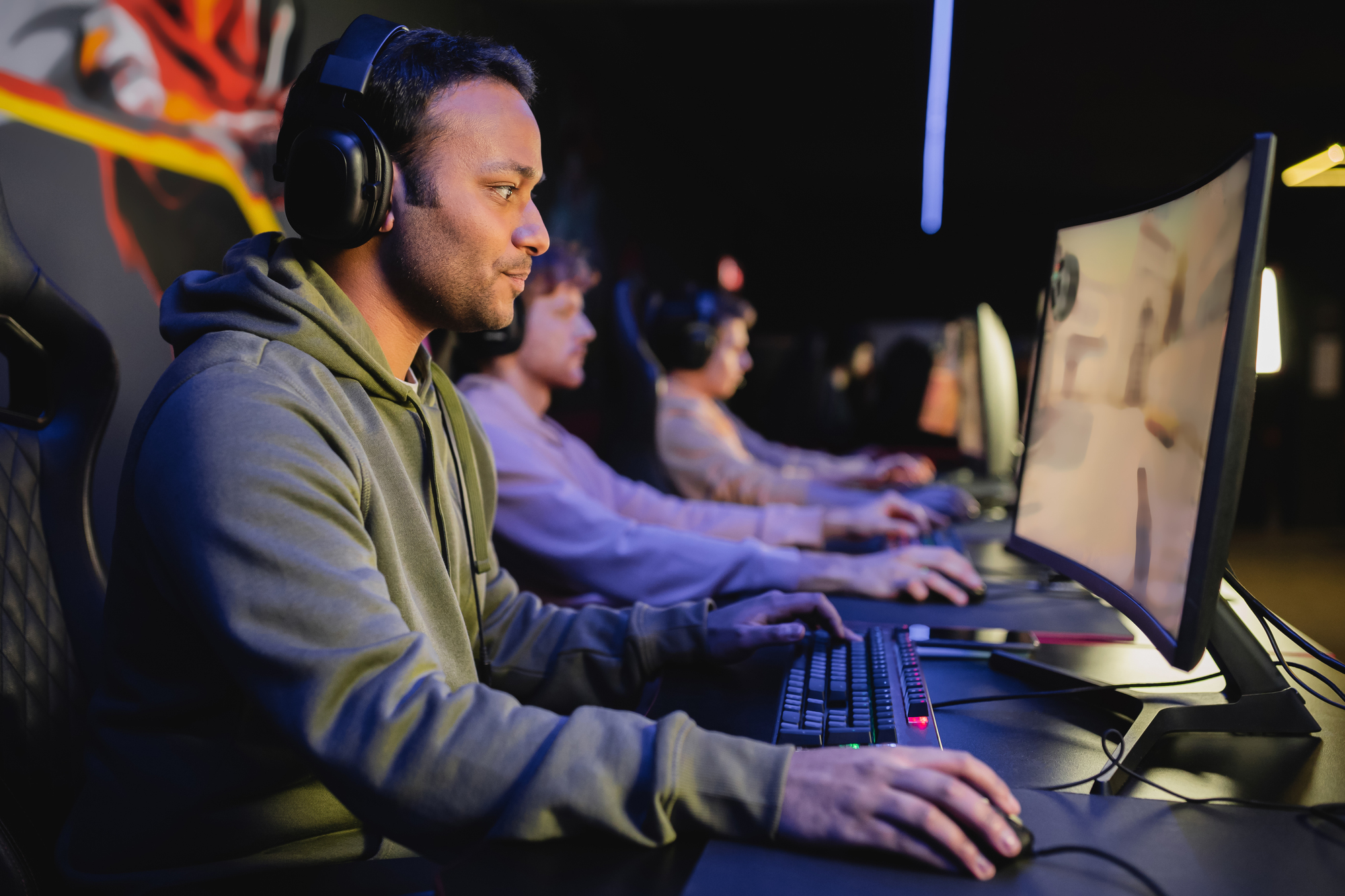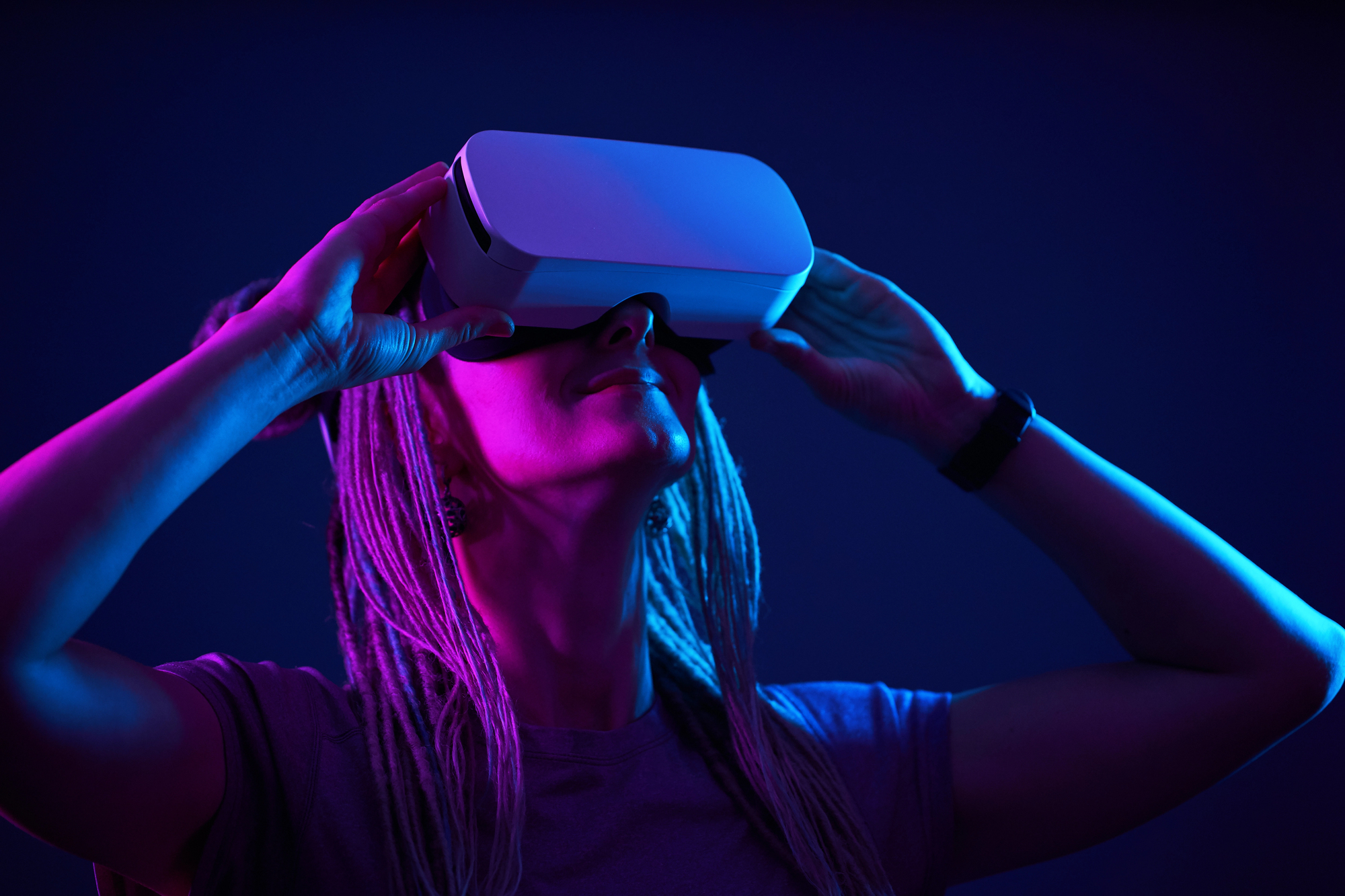Reaction time plays a crucial role in competitive sports, determining an athlete’s success in split-second decisions. Research shows that elite athletes often possess faster visual reaction times compared to non-athletes. This physiological advantage allows top competitors to respond more quickly to stimuli, giving them an edge in fast-paced games and events.
The competitive reaction time task (CRTT) serves as a laboratory measure for studying aggression and reaction speed in controlled settings. Scientists use this tool to make causal inferences about factors influencing reaction times and aggressive behaviors. By analyzing data from these experiments, researchers gain insights into the cognitive processes underlying quick decision-making in high-pressure situations.
Training can improve an athlete’s reaction time, potentially enhancing their performance in competitive play. Sports-specific drills and exercises that focus on rapid response can help athletes develop faster reaction times over time. This targeted training approach may contribute to better overall performance and increased success in competitive environments.
Understanding Reaction Time in Competitive Sports
Reaction time plays a crucial role in athletic performance across various competitive sports. It affects an athlete’s ability to respond swiftly to stimuli, impacting their success in high-pressure situations.
The Basics of Reaction Time
Reaction time (RT) refers to the interval between a stimulus and the initiation of a response. In sports, this can mean the time it takes for an athlete to start moving after seeing a ball or hearing a starting gun. Simple reaction time typically ranges from 160 to 200 milliseconds for most people.
Elite athletes often demonstrate faster reaction times than the average person. This speed can make a significant difference in sports where split-second decisions are necessary.
Reaction time can be improved through specific training exercises. These may include visual cue drills, auditory response tasks, and sport-specific practice scenarios.
Age, Sex, and Genetic Factors
Age significantly influences reaction time. RT tends to improve from childhood to young adulthood, peaking around age 24. After this peak, reaction time gradually slows with age.
Sex differences in reaction time exist, with males generally showing faster RTs than females. This gap is often attributed to factors like muscle fiber composition and hormone levels.
Genetics play a role in determining an individual’s baseline reaction time. Some people are naturally quicker responders due to their genetic makeup. However, training can still improve RT regardless of genetic predisposition.
Simple vs. Choice Reaction Time
Simple reaction time involves responding to a single stimulus, such as a starting gun in a sprint race. This type of RT is generally faster as it requires less cognitive processing.
Choice reaction time is more complex. It involves selecting the appropriate response from multiple options. For example, a tennis player must decide how to return a serve based on its speed and direction.
Choice RT is typically slower than simple RT due to the added decision-making component. In many sports, athletes must excel at both types of reaction time to perform at high levels.
Training for choice RT often involves sport-specific scenarios that mimic real-game situations. This helps athletes develop quicker decision-making skills under pressure.
The Role of Cognitive Processes in Reaction Time
Cognitive processes play a crucial role in determining reaction time during competitive play. These processes involve complex interactions between perception, decision-making, and motor response systems.
Decision-Making and Anticipation
Decision-making is a key cognitive process that affects reaction time. Players must quickly assess incoming stimuli and choose appropriate responses. Anticipation also plays a significant role, allowing players to predict likely scenarios and prepare responses in advance.
Skilled players often develop advanced decision-making strategies. They learn to recognize patterns and cues that indicate upcoming events, reducing the time needed to process information and react.
Anticipation can significantly shorten reaction times. By predicting opponents’ actions, players can initiate responses before stimuli fully materialize. This gives them a competitive edge in fast-paced situations.
Cognitive Abilities and Neural Correlates
Reaction time is closely linked to specific cognitive abilities. These include attention, working memory, and processing speed. Players with strong cognitive skills often demonstrate faster and more accurate reactions.
Neural correlates of reaction time involve several brain regions. The prefrontal cortex, responsible for executive functions, plays a central role in decision-making processes. The motor cortex and cerebellum coordinate rapid physical responses.
Research has shown that expert players exhibit different patterns of brain activation compared to novices. They often display more efficient neural processing, allowing for quicker reactions.
Cognitive training programs can target these neural pathways to improve reaction time. Such programs aim to enhance cognitive functions like memory and attention, potentially optimizing players’ performance.
Consistency and Variability in Responses
Consistency in reaction times is a hallmark of skilled performance. Top players maintain rapid responses across various situations and over extended periods. This consistency relies on well-developed cognitive processes and automaticity in decision-making.
However, some degree of variability in reaction times is normal and can be adaptive. It allows players to adjust their timing based on changing game conditions or opponent strategies.
Factors like fatigue, stress, and distractions can increase variability in reaction times. Managing these factors is essential for maintaining consistent performance during competitive play.
Practice and experience help reduce variability by strengthening cognitive processes and motor responses. This leads to more reliable reaction times under pressure.
Enhancing Reaction Time Through Training and Lifestyle
Reaction time improvement stems from targeted training, healthy habits, and physical fitness. These factors work together to sharpen reflexes and boost performance in competitive play.
Effective Training Regimens
Specific exercises can enhance reaction speed. Simple drills like catching falling objects or responding to visual cues on a screen help build quick reflexes. More advanced techniques include using reaction time training apps or specialized equipment that measure and track progress.
Sports-specific drills simulate real game situations. For example, tennis players might practice returning serves from a ball machine set at varying speeds and angles. Boxers often use focus mitts to hone their defensive reactions.
Consistency is key. Regular practice, ideally 3-4 times a week, leads to noticeable improvements. Short, intense sessions of 15-20 minutes are often more effective than longer, less focused workouts.
Impact of Rest, Sleep, and Diet
Adequate rest between training sessions allows the nervous system to recover and adapt. Overtraining can lead to slower reaction times and decreased performance.
Sleep plays a crucial role in cognitive function and reaction speed. Adults should aim for 7-9 hours of quality sleep per night. Poor sleep habits can negatively affect reaction time and decision-making abilities.
A balanced diet rich in nutrients supports brain function and energy levels. Foods high in omega-3 fatty acids, antioxidants, and B vitamins are particularly beneficial. Staying hydrated is also essential for maintaining quick reflexes.
Physical Fitness and Performance
Cardiovascular exercise improves blood flow to the brain, enhancing cognitive function and reaction speed. Regular aerobic activities like running, cycling, or swimming can lead to faster reaction times.
Strength training supports faster muscle contractions, which can improve overall reaction speed. Exercises that target fast-twitch muscle fibers, such as plyometrics or Olympic lifts, are particularly effective.
Flexibility and mobility work can reduce the risk of injuries and allow for quicker physical responses. Yoga and dynamic stretching routines can be valuable additions to a reaction time training program.
Measuring and Testing Reaction Times in Sports Setting
Reaction time plays a crucial role in athletic performance across various sports. Accurate measurement and testing of reaction times provide valuable insights into an athlete’s capabilities and areas for improvement.
Tools and Techniques
Several tools and techniques are used to measure reaction times in sports settings. The Posner reaction time test assesses manual and eye-movement reactions to different cues on a computer screen. This method is particularly useful for evaluating spatial attention, especially after brain injuries.
Simple reaction time tests involve responding to a single stimulus, such as a light or sound. These tests typically yield results between 0.16 to 0.2 seconds for average individuals, with top athletes achieving times as low as 0.15 seconds.
More advanced systems incorporate sport-specific scenarios to measure reaction times in context. These may include video-based simulations or virtual reality environments that replicate game situations.
Scientific Research and Studies
Research in sports science has focused on understanding the factors that influence reaction times and their impact on performance. Studies have examined differences in reaction times between elite athletes and non-athletes, as well as variations across different sports.
Analysis of variance (ANOVA) is often used to compare reaction times between groups or under different conditions. This statistical method helps researchers identify significant factors affecting reaction speed.
Investigations into hand-eye coordination and motor responses have revealed the complex interplay between visual perception and physical action. These studies highlight the importance of training both cognitive and physical aspects to improve overall reaction time.
Relevance of Reaction Time in Different Sports
Reaction time holds varying degrees of importance across different sports. In soccer, goalkeepers rely on quick reactions to save penalty kicks and intercept shots. Studies have shown that elite goalkeepers exhibit faster reaction times compared to their non-elite counterparts.
Sprinters in track and field events depend on rapid reactions to the starting gun. Even milliseconds can make the difference between winning and losing in these high-speed competitions.
Video games, particularly esports, demand exceptionally fast reaction times. Professional gamers often display reaction speeds that surpass those of traditional athletes, highlighting the unique demands of digital competition.
Sports like tennis and table tennis require split-second decisions and reactions to opponent’s shots. Players must quickly assess ball trajectory and respond with appropriate movements, making reaction time a key factor in success.

